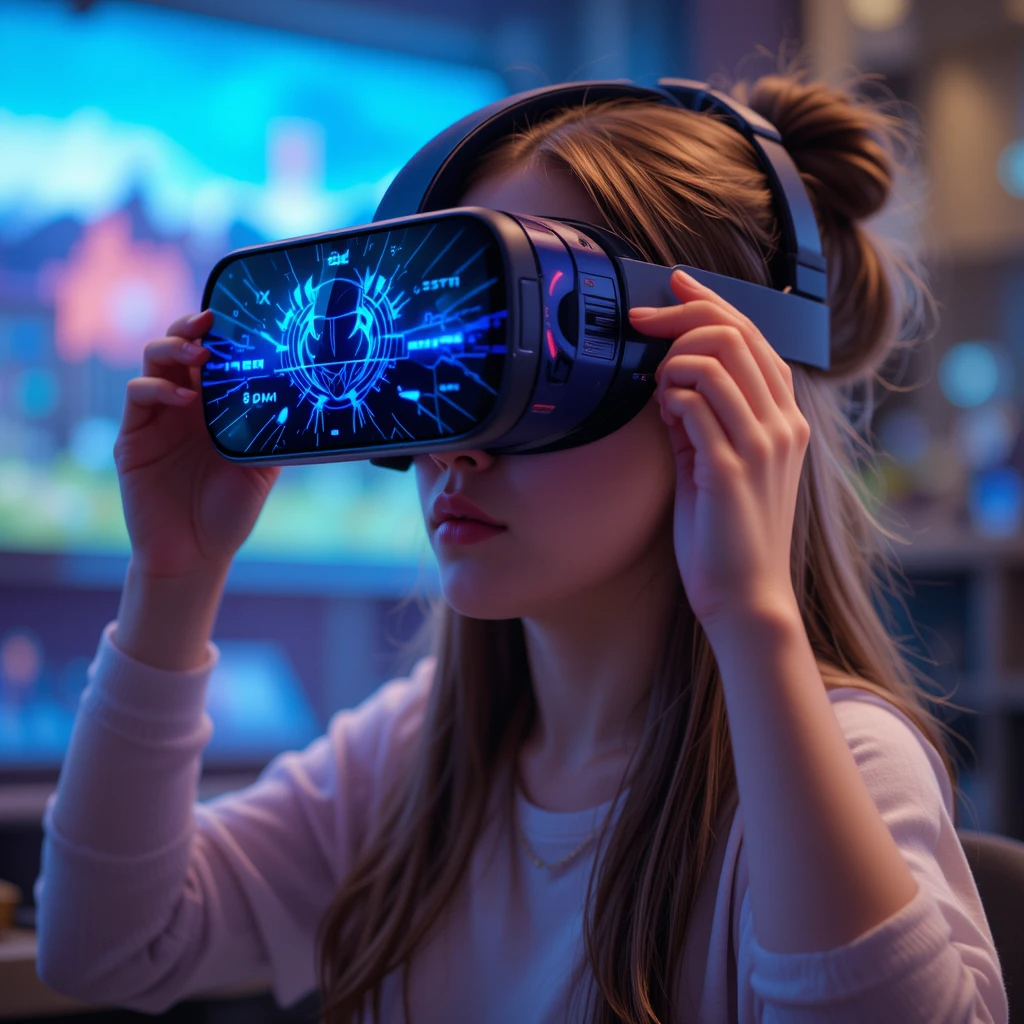

Augmented Reality (AR) and Virtual Reality (VR) technologies have ushered in new possibilities for immersive and interactive experiences across entertainment and education sectors. By blending or replacing the physical environment with computer-generated imagery and sensory inputs, these technologies engage users in unprecedented ways.
Categories: Uncategorized


Leave a Reply